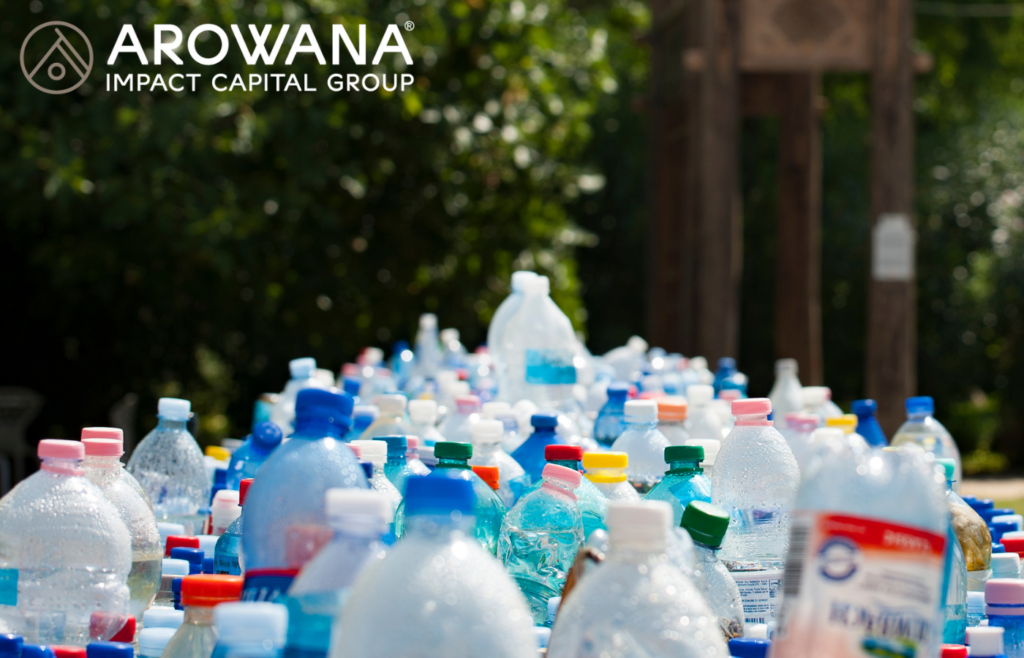Plastic pollution is an omnipresent threat to our planet’s ecosystems, from the depths of the oceans to the highest mountain peaks. The versatility and convenience of plastics have led to their widespread use in almost every aspect of our lives.
However, this convenience comes at a significant cost as plastic waste continues to accumulate in our environment, posing serious threats to wildlife, human health, and the well-being of our planet.
In this AIC Insight, we delve into the ten most common types of plastic pollution, exploring their sources and impacts.
1. Polystyrene (PS)

Polystyrene, commonly known as Styrofoam, is widely used in food packaging, disposable cups, and other consumer products. Its lightweight and insulating properties make it a popular choice for takeout containers and coffee cups. However, polystyrene is notoriously difficult to recycle and often ends up in landfills or as litter in the environment.
Once in the environment, polystyrene can break down into smaller pieces, posing a threat to marine life that mistakes it for food.
2. Polyethylene Terephthalate (PET)
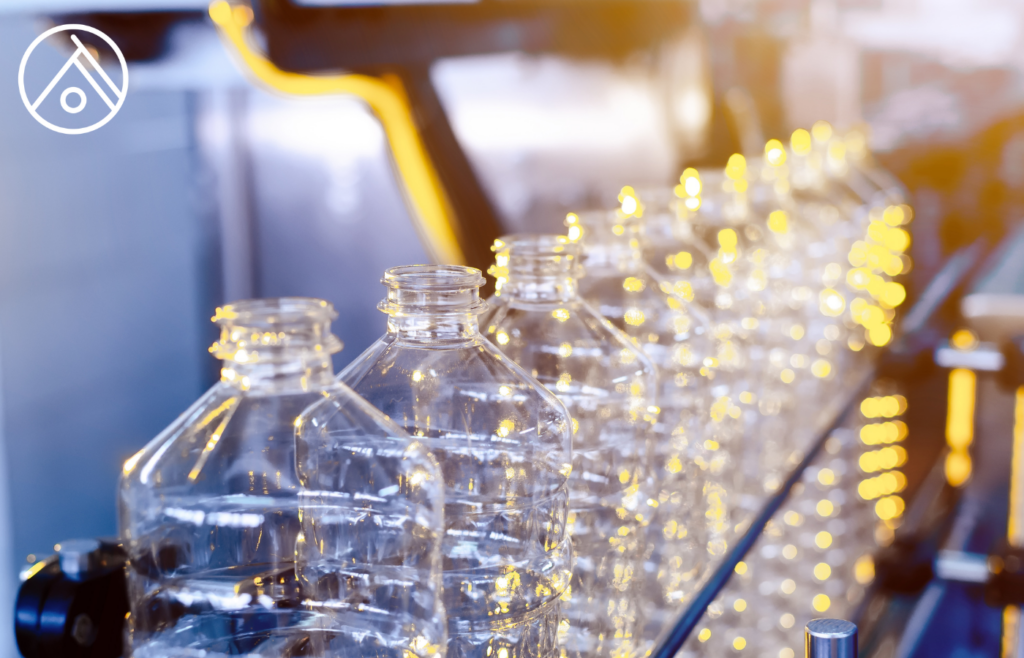
PET is one of the most common types of plastic used in everyday items such as water bottles, soda bottles, and food containers. Its durability and transparency make it ideal for packaging beverages and food products. However, PET bottles are a significant source of plastic pollution, particularly in oceans and waterways where they can take hundreds of years to decompose.
PET bottles are also prone to breaking down into microplastics, further exacerbating the pollution problem.
3. High-Density Polyethylene (HDPE)
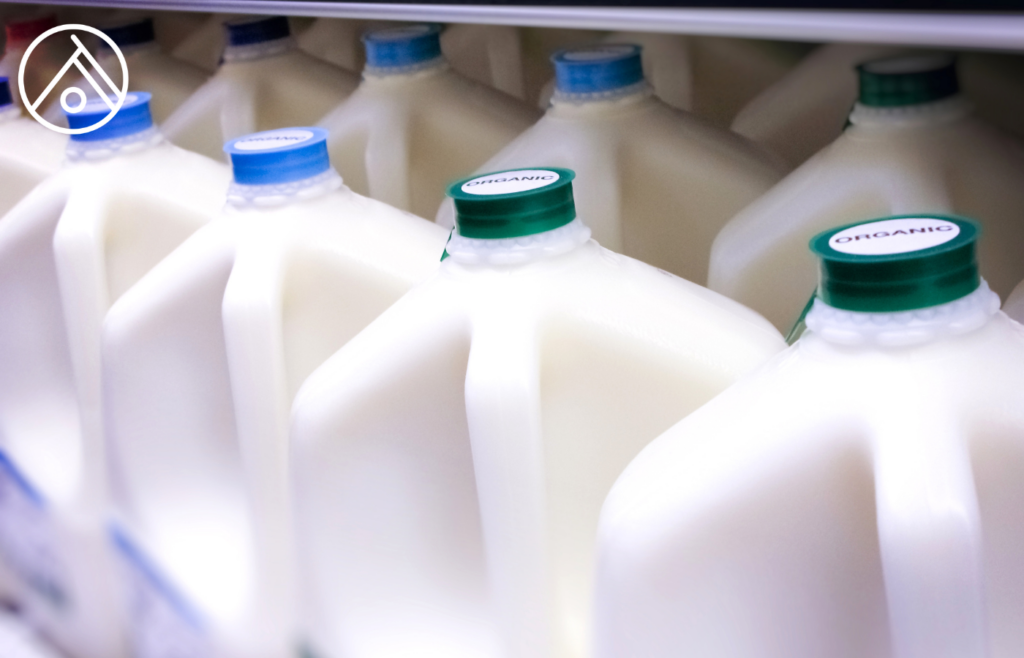
HDPE is a sturdy and versatile plastic used in products, such as milk jugs, detergent bottles, and other rigid containers. While HDPE is considered one of the safer plastics for food and beverage packaging, its widespread use contributes significantly to plastic pollution.
HDPE items can persist in the environment for centuries, releasing harmful chemicals as they degrade and posing a threat to wildlife.
4. Polyvinyl Chloride (PVC)
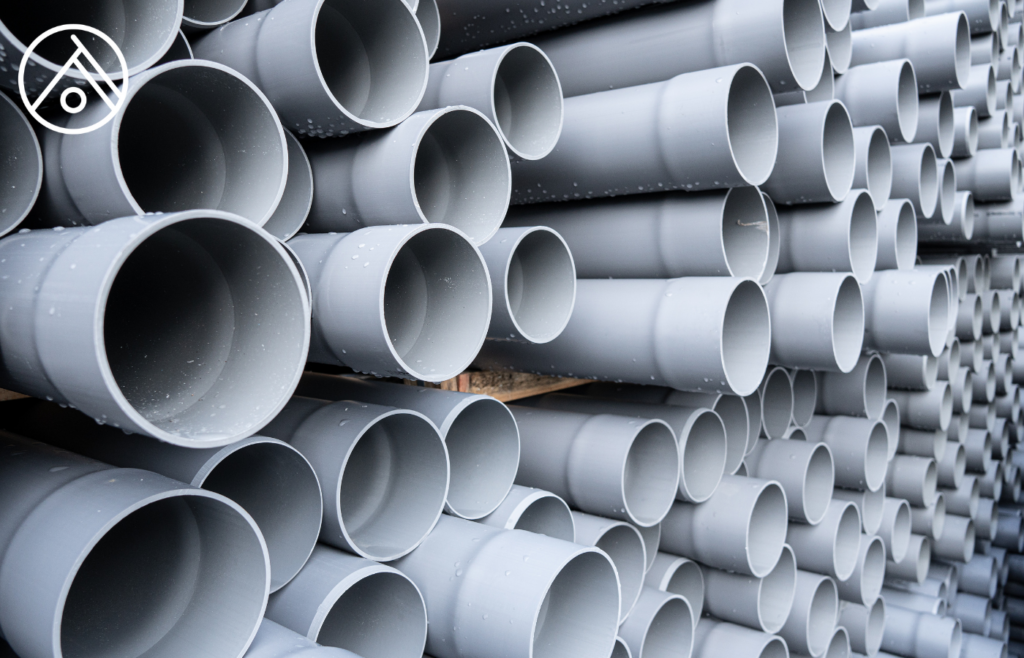
PVC is used in a variety of products, including pipes, toys, and packaging. Its flexibility and durability make it a popular choice for construction materials and consumer goods. However, PVC is a problematic plastic due to the toxic chemicals it contains, including phthalates and dioxins, which can leach into the environment and harm both wildlife and humans.
PVC products are also difficult to recycle, leading to high levels of PVC pollution worldwide.
5. Low-Density Polyethylene (LDPE)
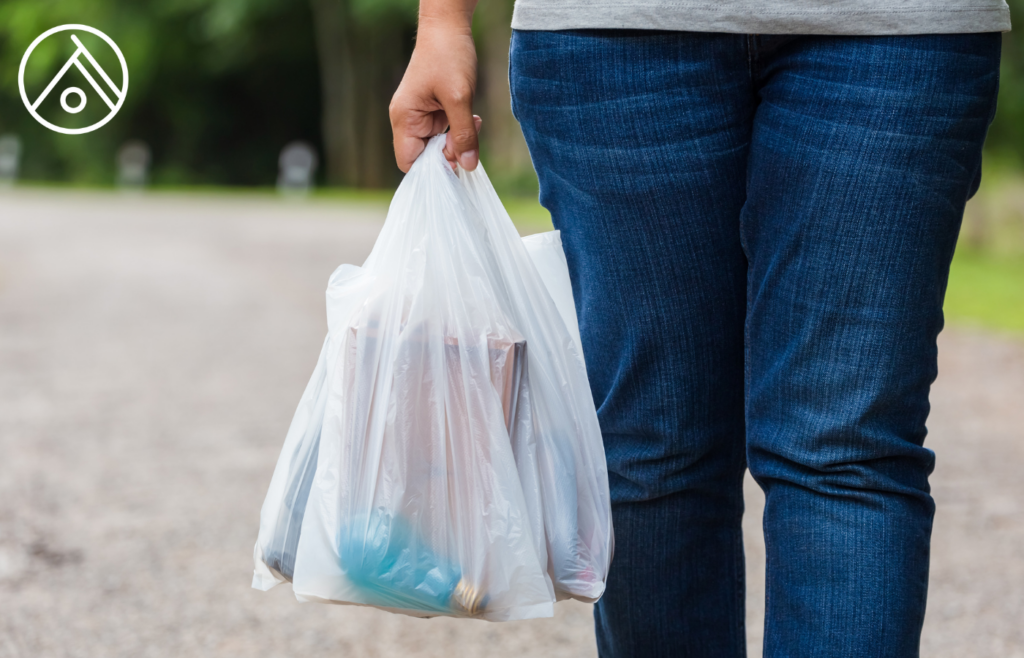
LDPE is a lightweight and flexible plastic used in plastic bags, packaging films, and squeeze bottles. Its flexibility and resistance to moisture make it ideal for a wide range of applications. However, LDPE is one of the most common types of plastic found in marine debris, where it can entangle marine life and choke delicate ecosystems.
Additionally, LDPE does not biodegrade easily and can persist in the environment for hundreds of years.
6. Polypropylene (PP)

PP is used in a variety of products, including food containers, bottle caps, and automotive parts. Its heat resistance and durability make it well-suited for applications where other plastics may fail. However, PP is not without its environmental drawbacks.
Like other plastics, PP can take hundreds of years to degrade, releasing harmful chemicals in the process. PP pollution is particularly prevalent in coastal areas, where it can harm marine life and degrade sensitive habitats.
7. Microplastics

Microplastics are tiny plastic particles less than 5mm in size, found in cosmetics, clothing, and as breakdown products of larger plastics. These minuscule particles are a ubiquitous pollutant in the environment, with recent studies estimating that there are trillions of microplastic particles in the world’s oceans alone.
Microplastics can enter the food chain when ingested by marine life, posing a potential threat to human health. They are also difficult to remove from the environment once they are present, making them a persistent and growing problem.
The small size of microplastics presents a significant challenge for collection efforts. Traditional methods for collecting larger plastic debris, such as nets and booms, are ineffective in capturing these tiny particles.
The microscopic nature of microplastics also makes their detection and quantification a complex task, requiring specialised equipment and techniques.
8. Nanoplastics

Nanoplastics are even smaller plastic particles, measuring less than 100 nanometres in size. They are the result of the breakdown of larger plastics and can also be intentionally manufactured for use in products such as cosmetics and paints.
Nanoplastics are of particular concern due to their ability to penetrate cell membranes and potentially cause harm to organisms at the cellular level. Despite their small size, nanoplastics have the potential to have significant impacts on ecosystems and human health.
9. Single-use Plastics
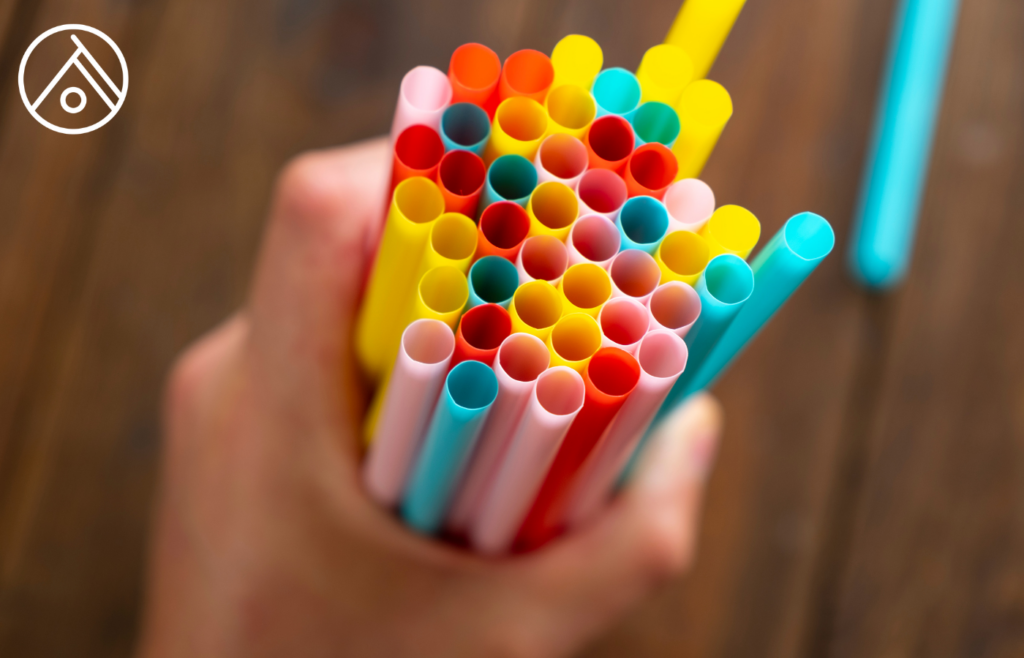
Single-use plastics, such as plastic bags, straws, utensils, and packaging, are designed for one-time use before being discarded. While convenient, these items have become a major source of plastic pollution worldwide.
Single-use plastics are often used for just a few minutes but can persist in the environment for hundreds of years. They are a significant contributor to litter, particularly in urban areas and coastal regions, where they can harm wildlife and pollute waterways.
In the Philippines, majority of the plastic waste collected in the Manila Bay consisted of single use plastics, including food packaging and sachets, according to a study by the University of Portsmouth.
The Southeast Asian country’s reliance on the so-called sachet economy makes it difficult to address plastic pollution.
10. Plastic Fibres

Plastic fibres are synthetic fibres from clothing, carpets, and other textiles that shed and enter the environment. These fibres are released during the washing of synthetic clothing and can be carried through wastewater treatment plants into rivers and oceans.
Plastic fibres are a major component of microplastic pollution in marine environments, where they can be ingested by marine life and enter the food chain. Recent studies have found that plastic fibres are pervasive in both freshwater and marine ecosystems, highlighting the need for action to address this source of pollution.
Solving the Plastic Pollution Crisis
Plastic pollution is a global crisis that requires urgent action at all levels, from individuals to governments and corporations. By understanding the different types of plastic pollution and their sources, we can begin to take meaningful steps toward reducing our plastic footprint and protecting the planet for future generations.
Whether it’s choosing reusable alternatives to single-use plastics, supporting policies that promote recycling and waste reduction, or advocating for stricter regulations on plastic production and disposal, each of us has a role to play in tackling this pressing issue.
For more news & insights, stay tuned to the AIC website.

